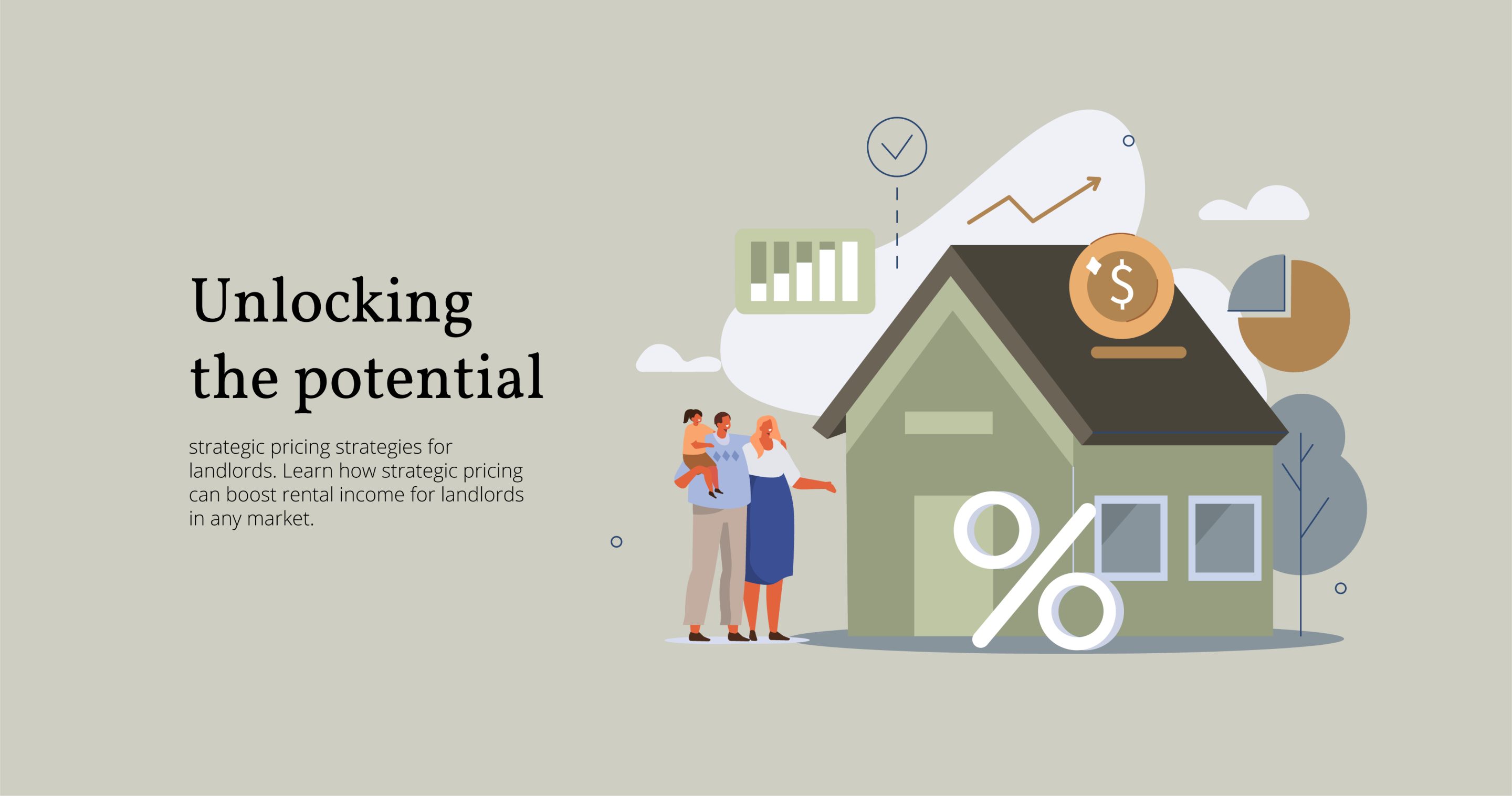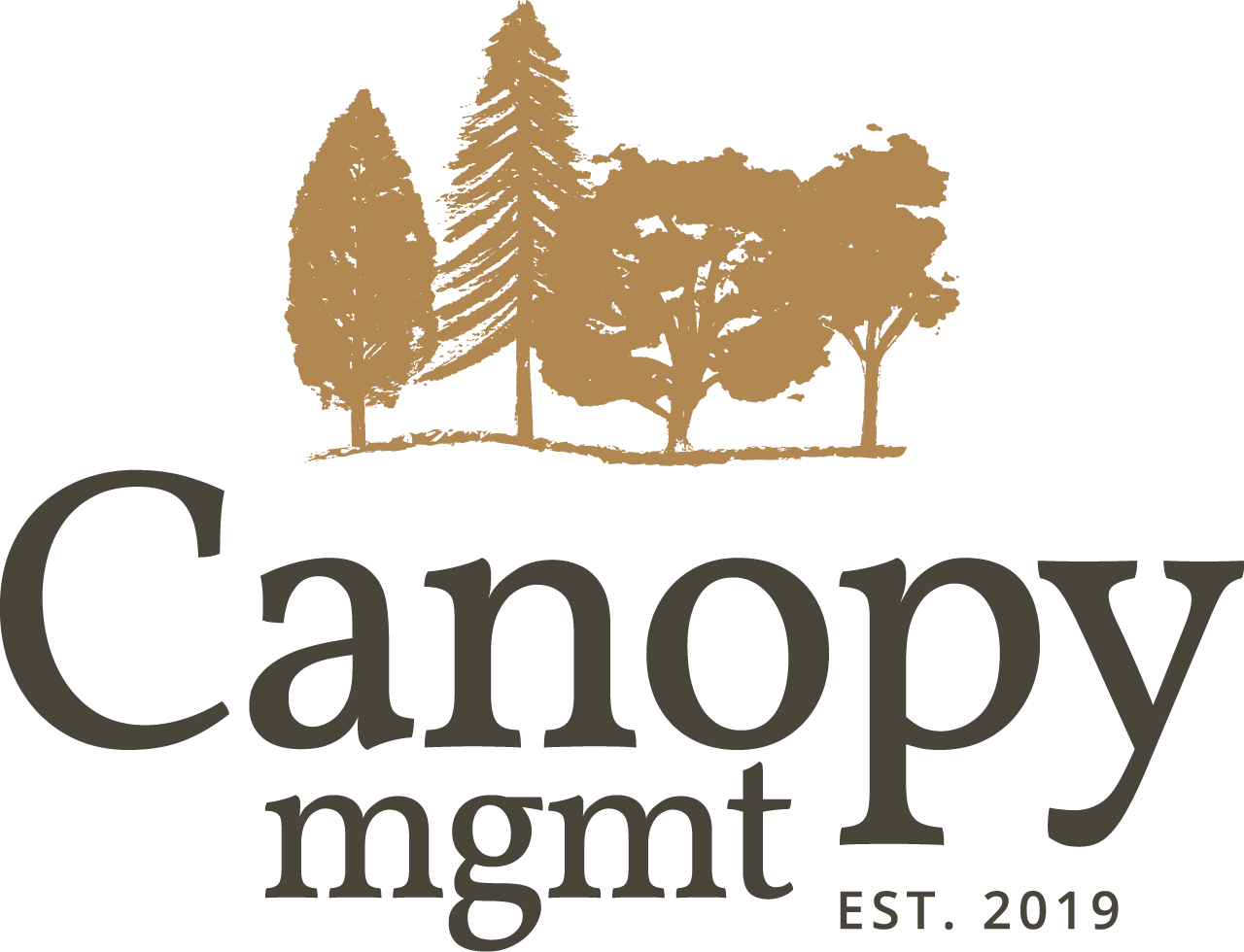Learn how strategic pricing can boost rental income for landlords in any market
When it comes to the rental property management world, there are many attributes that make up being a good landlord. We’re going to take a look into the strategic side of maximizing rental revenue through competitive pricing tactics tailored specifically for landlords. In the hugely diverse landscape of property ownership, understanding the intricate dance of pricing can be the differentiator between mediocrity and success.
As landlords, your primary goal is to optimize your rental income while maintaining a competitive edge in the market—and boosting ROI. This requires a keen understanding of pricing dynamics, market trends, and tenant preferences. Our focus is to equip you with the knowledge and strategies necessary to achieve these objectives effectively.
This guide is designed to provide you with actionable insights and proven tactics to help you navigate the complexities of rental pricing. From setting optimal rental rates to implementing dynamic pricing strategies, we’ll explore the tools and techniques that can level up your rental income and position you for long-term success in the rental property arena.
Let’s begin the journey to uncover the secrets of maximizing rental revenue through strategic pricing tactics tailored for landlords—where you’ll discover the strategies that will empower you to achieve your rental income goals and thrive in the competitive rental market.
Factors to consider
As a landlord, optimizing rental income while maintaining a competitive edge requires a multifaceted approach. Several factors must be carefully considered when setting rental rates and implementing pricing strategies. These include property expenses, market trends, tenant preferences, and local regulations. Let’s evaluate all of them, to understand how to price your property strategically.
Understanding market dynamics
The rental market is influenced by various factors, including supply and demand, economic conditions, and demographic trends. Landlords must stay informed about local market dynamics to make informed decisions regarding rental pricing. Conducting market research and monitoring rental trends can provide valuable insights into pricing competitiveness and rental income potential. This depends on where you are in the world, and in what demographic your property resides in.
Tailoring rental rates
Setting the optimal rental rate involves striking a balance between maximizing rental income and attracting quality tenants. Landlords should consider the unique features and amenities of their property, as well as the preferences and budget constraints of their target tenant demographic. By tailoring rental rates to align with market demand and tenant expectations, landlords can optimize occupancy and rental income.
Dynamic pricing strategies
Incorporating dynamic pricing strategies can help landlords adapt to changing market conditions and maximize rental revenue in the long run. Strategies such as seasonal pricing adjustments, promotional pricing, and tiered pricing structures can be effective in optimizing occupancy and rental income throughout the year. By leveraging data analytics and technology, landlords can identify pricing opportunities and adjust rental rates in real-time to capitalize on market demand.
Read more about this in our article about short-term vs long-term rentals.
The 2% rule
One commonly cited strategy in the world of property is the 2% rule, which suggests that landlords should aim for the monthly rent to be approximately 1-2% of the property’s estimated value. For example, if a property is valued at $300,000, the monthly rent should ideally range from $3,000 to $6,000. While this rule can provide a rough estimate of income potential, it’s important to consider other factors such as location, market conditions, and expenses associated with the property you are leasing.
Read more about the 2% rule in this article.
Maintaining competitive advantage
In a competitive rental market, landlords should differentiate their property and offer value-added services to attract tenants and justify higher rental rates. Investing in property improvements, amenities, and maintenance can enhance the perceived value of the rental property and justify higher rental rates overall. Additionally, providing exceptional customer service and responsiveness can foster tenant loyalty and support actioning higher rental yields.
Incentivizing longer lease terms
Above all else, longer lease terms stabilize rental income and reduce turnover costs. Offering incentives, such as discounts, for extended leases aligns with the 2% rule by ensuring consistent income relative to property value over time.
See some methods used for incentivizing longer lease terms
Monitoring and adjusting pricing strategies
When calculating your rental income, you should always ensure that continuous monitoring and adjustment of pricing strategies are conducted. They should be based on market conditions and tenant feedback, so research is key. This proactive approach ensures landlords remain agile in optimizing rental income, in line with the highest yield that they can get, which ultimately positions them for long-term success in the rental property market.
Legal compliance
Ensuring compliance with local laws and regulations regarding rental pricing is a necessity for landlords who are in either commercial or residential. Laws governing rent control, rent increases, security deposits, and lease terms vary by jurisdiction and must be carefully followed to avoid legal disputes and financial penalties. Landlords should consult legal experts or specialist property management professionals to ensure compliance wherever you are in the world.
Find out for yourself in the Manitoba Tenancies Act.
Maximizing rental properties revenue requires a 360 approach
Maximizing rental income through strategic pricing tactics requires a comprehensive understanding of market dynamics, tenant preferences, and legal considerations. By implementing proactive pricing strategies, tailoring rental rates to market demand, and maintaining competitive advantage, landlords can optimize rental income, attract quality tenants, and achieve long-term success in the rental property market.
In essence, strategic pricing is not just about setting a number—it’s about positioning your property to stand out in the market, provide value to tenants, and ensure financial stability for the long term. With careful planning and execution, landlords can unlock the full potential of their rental properties and reap the rewards of a thriving rental portfolio for the future.


